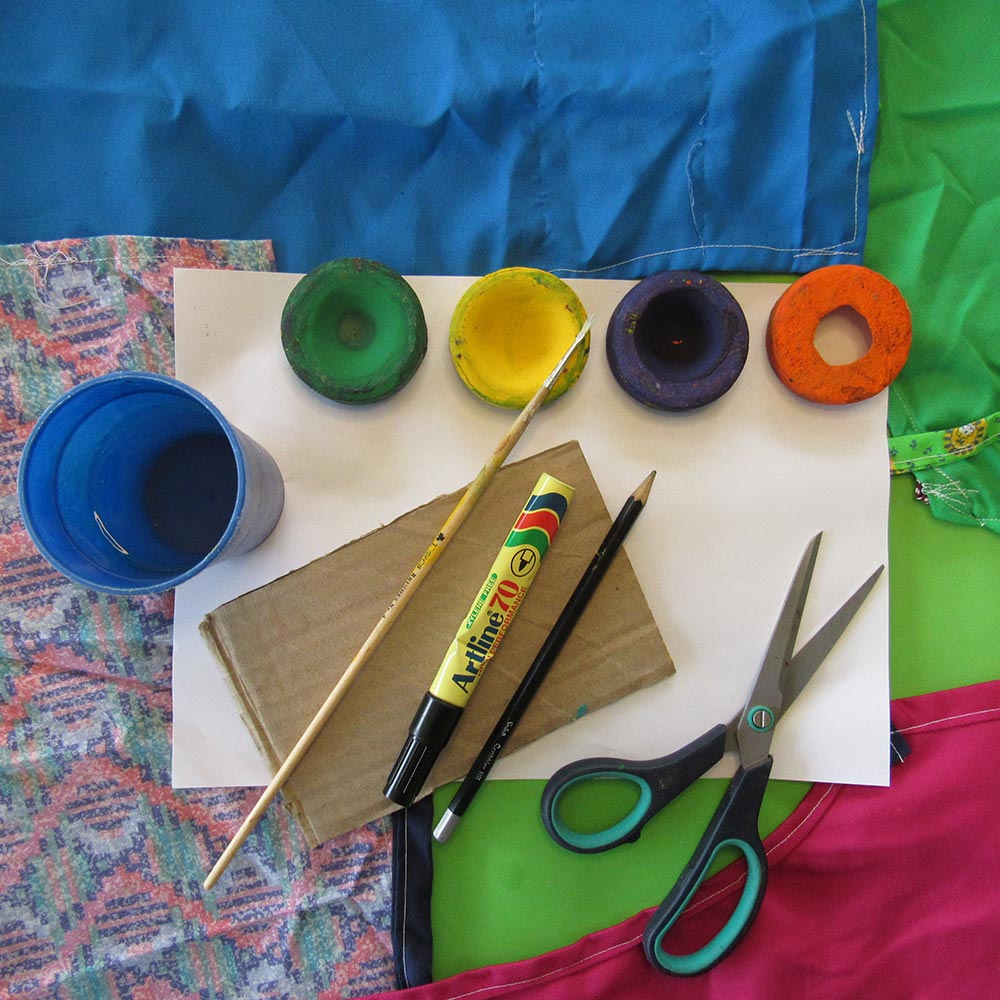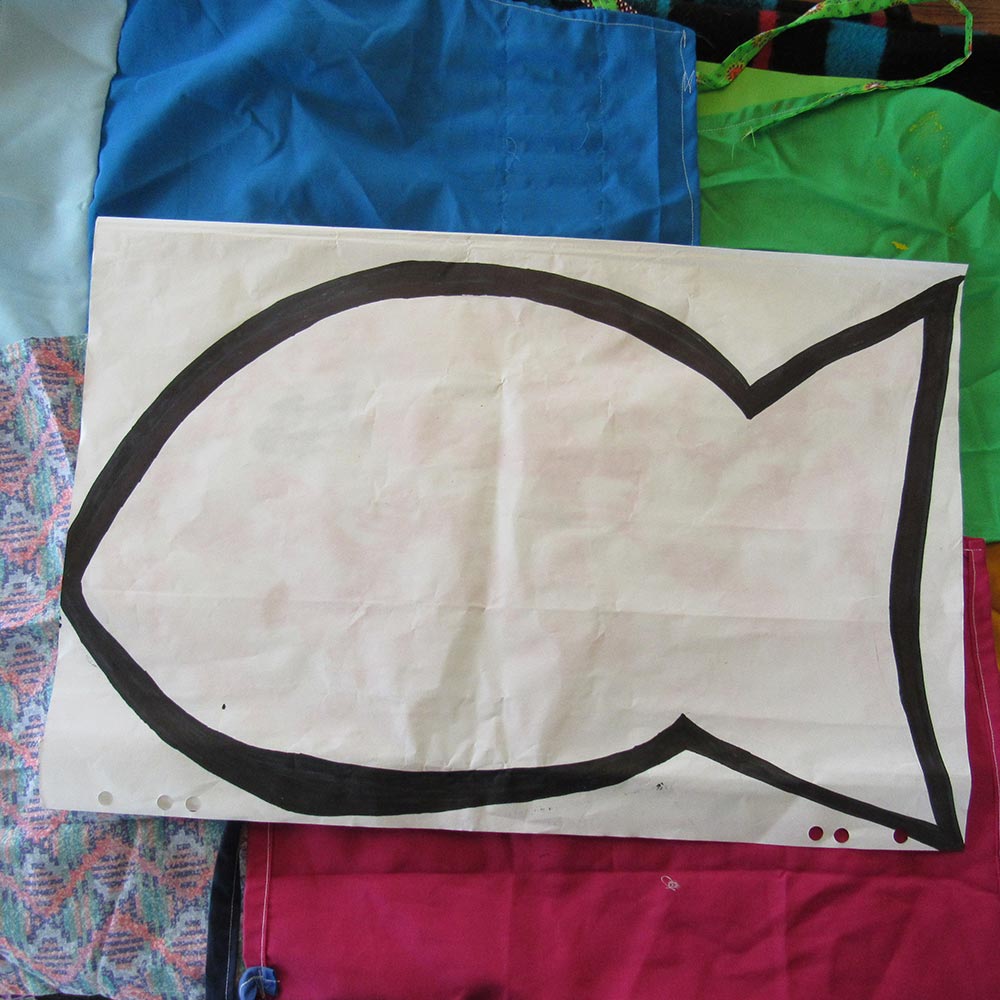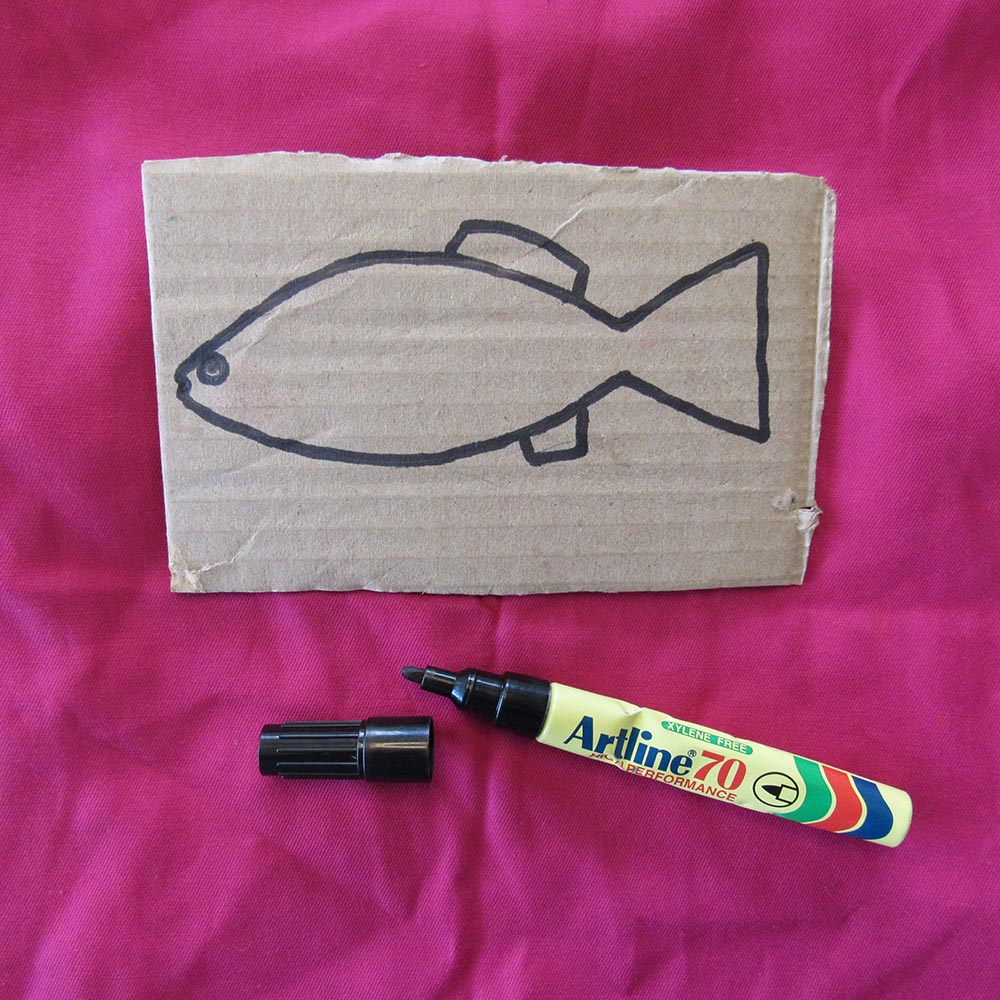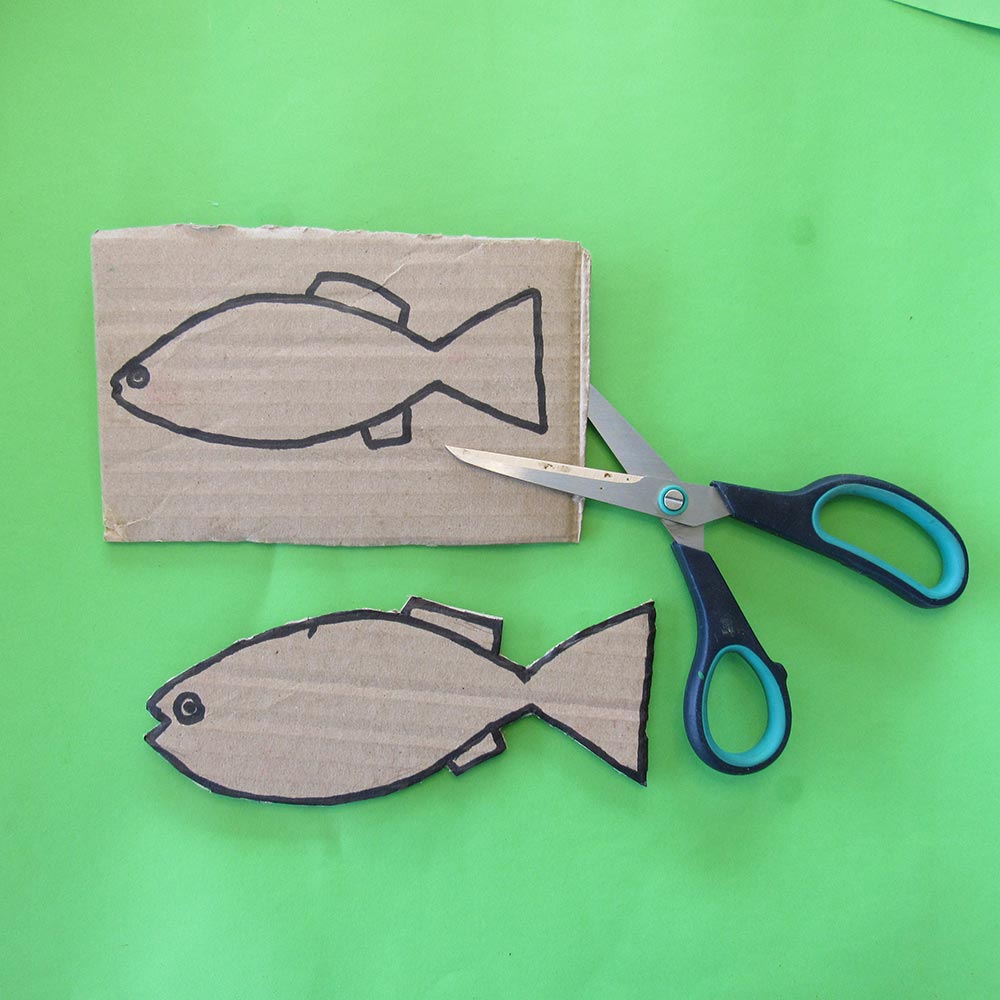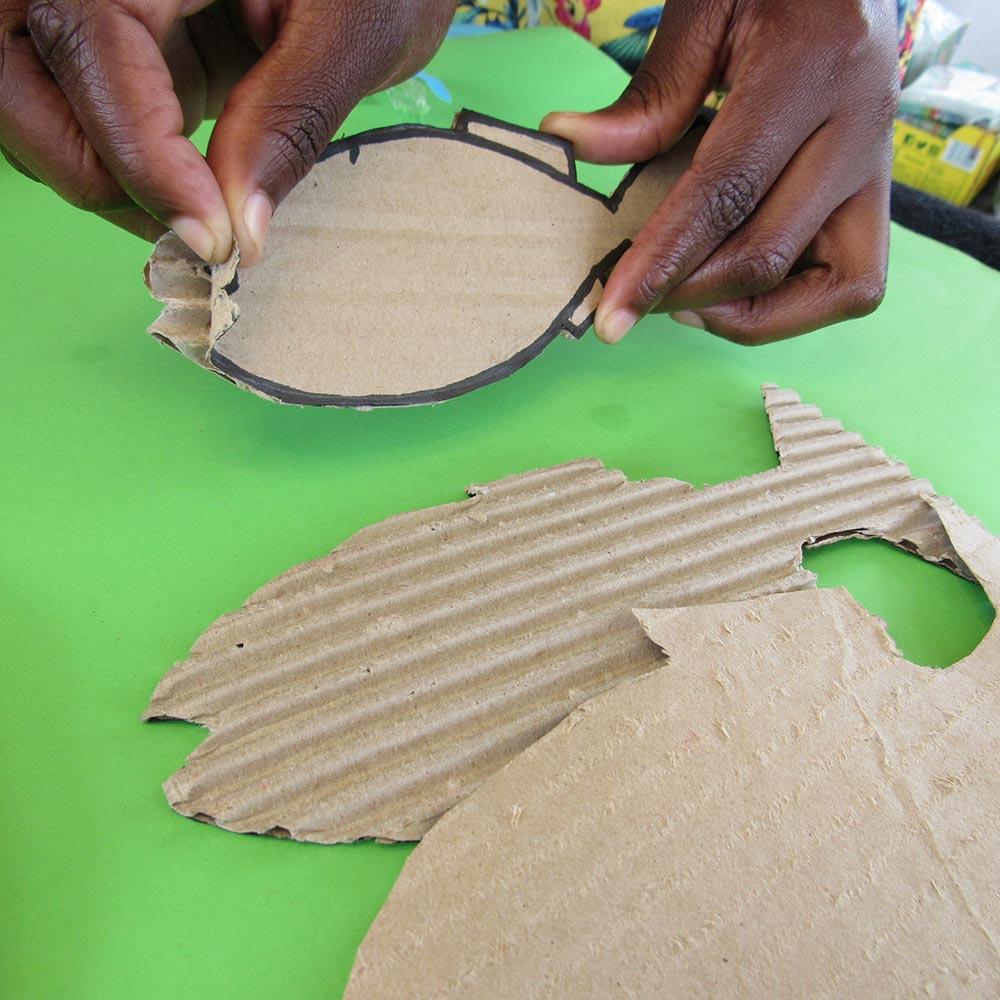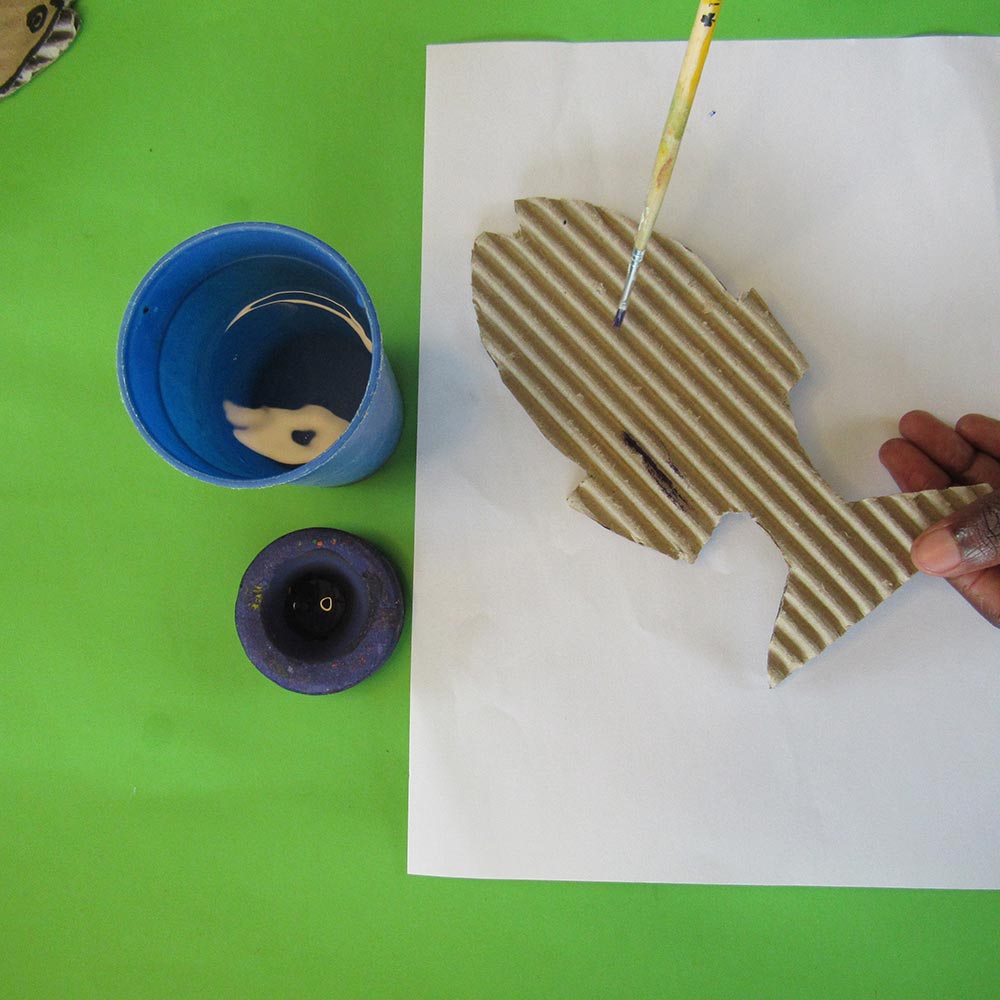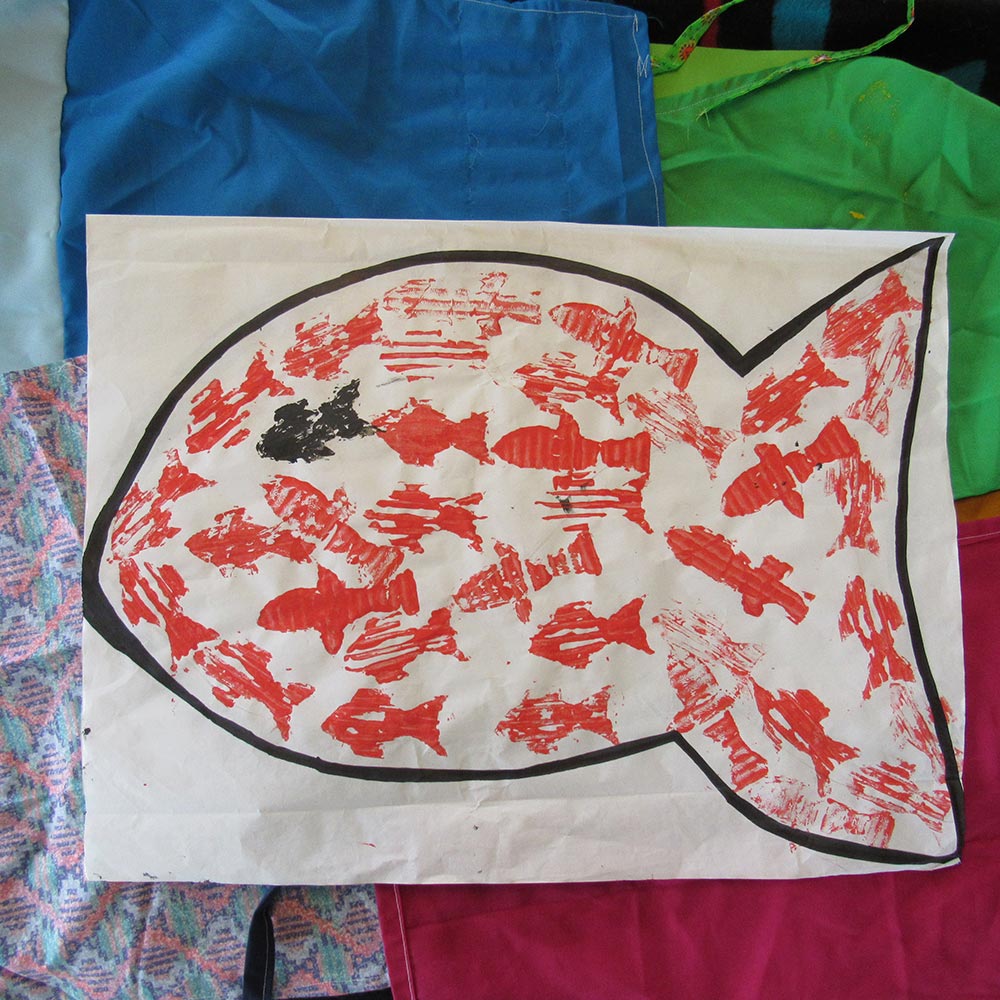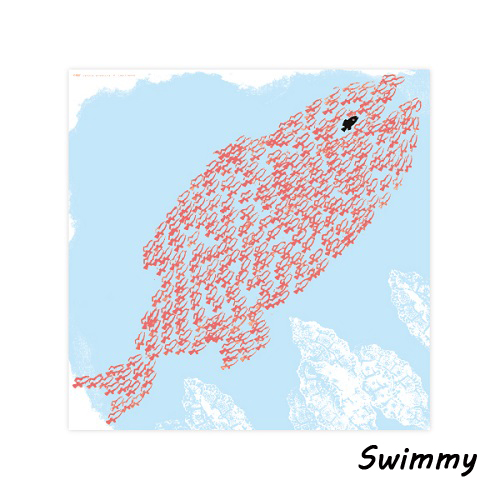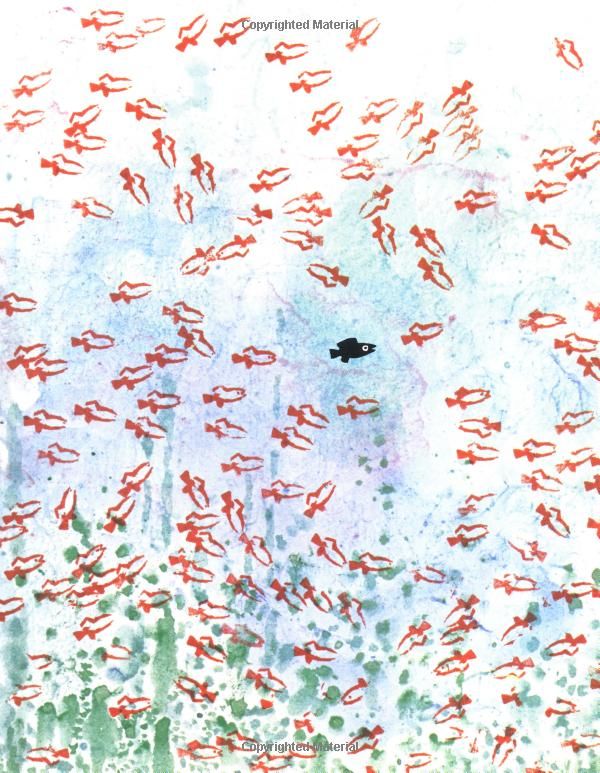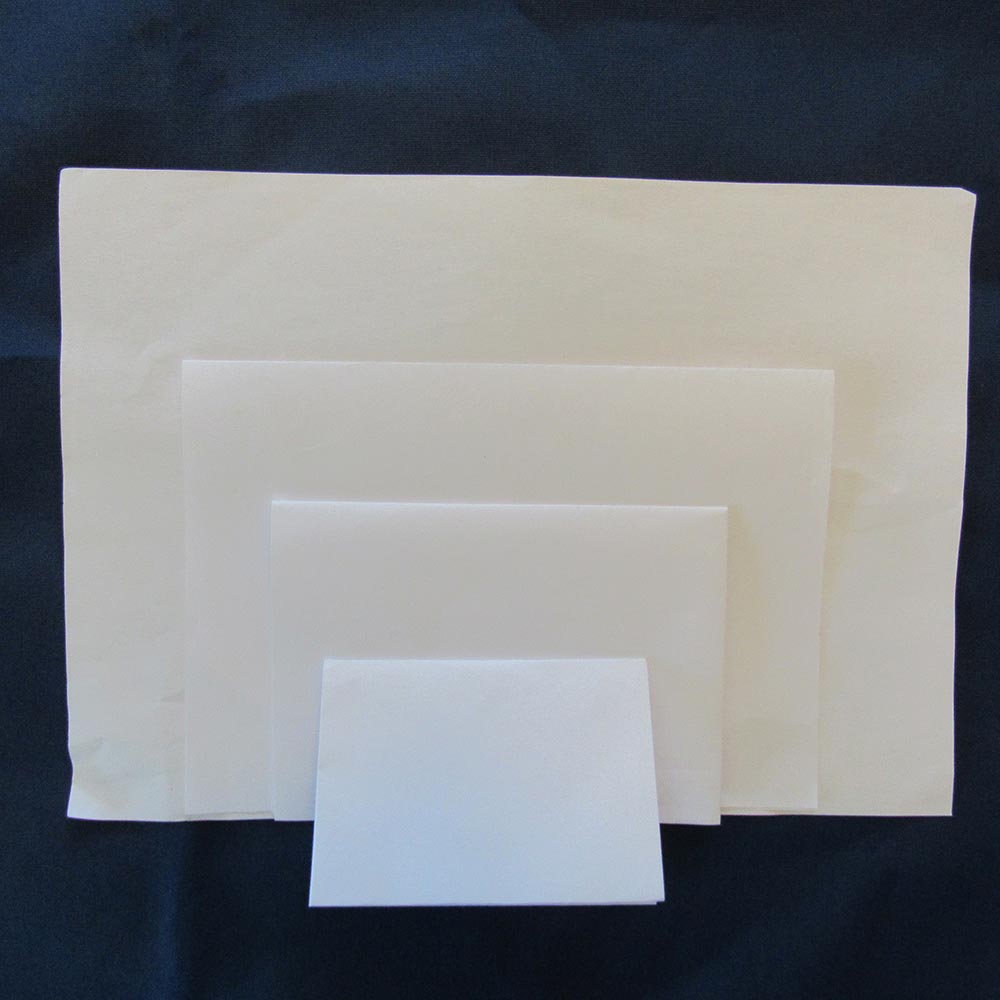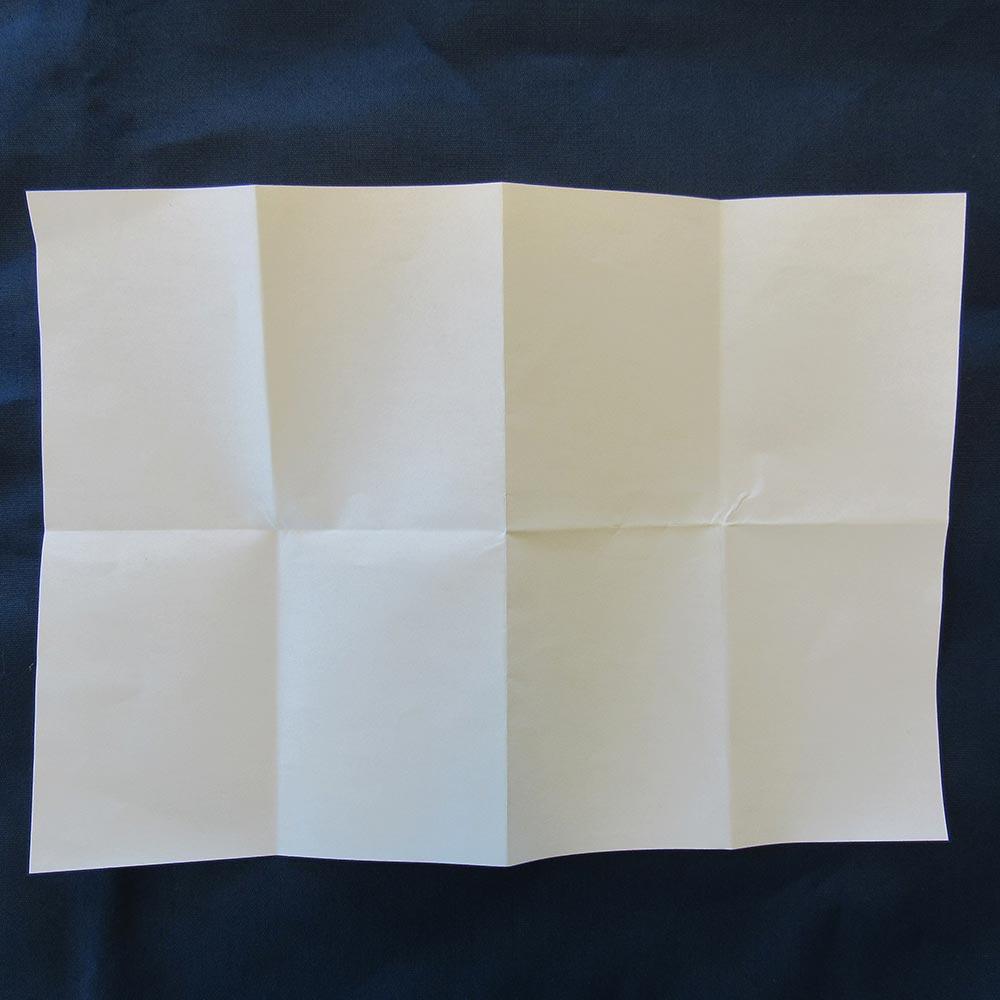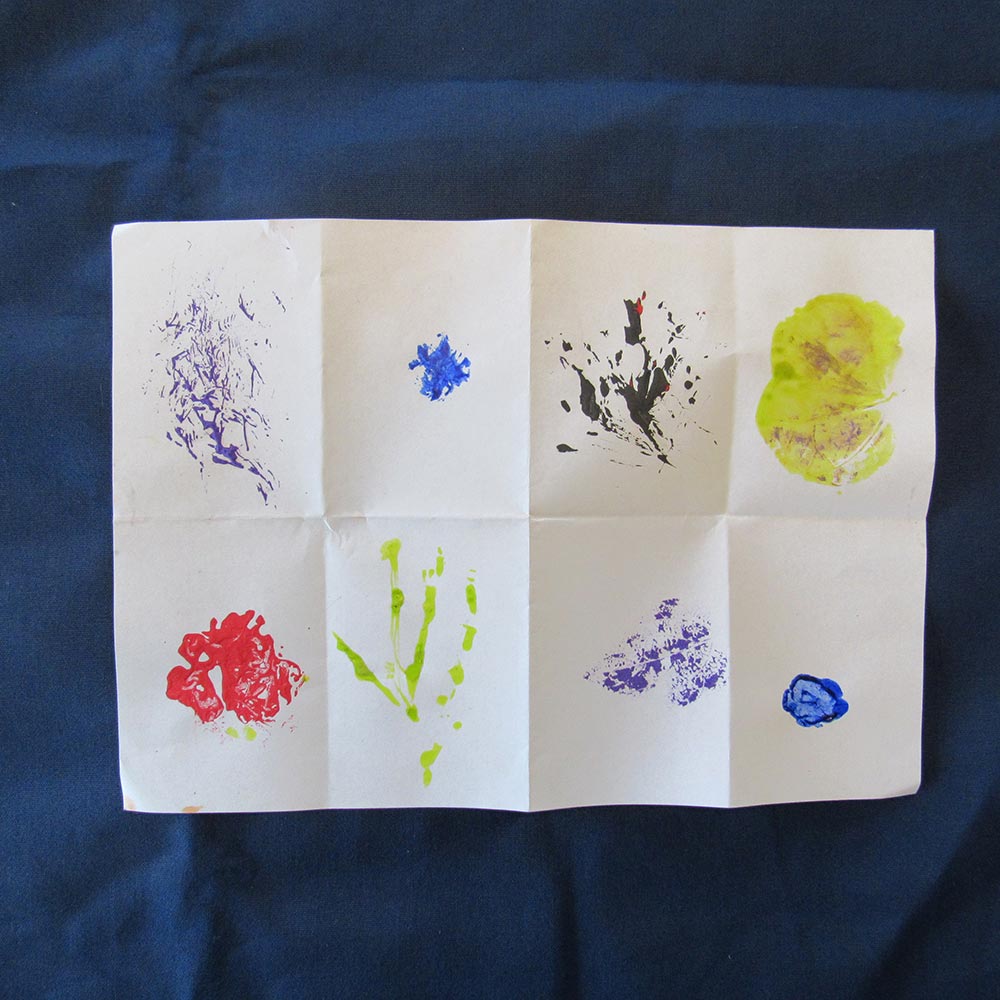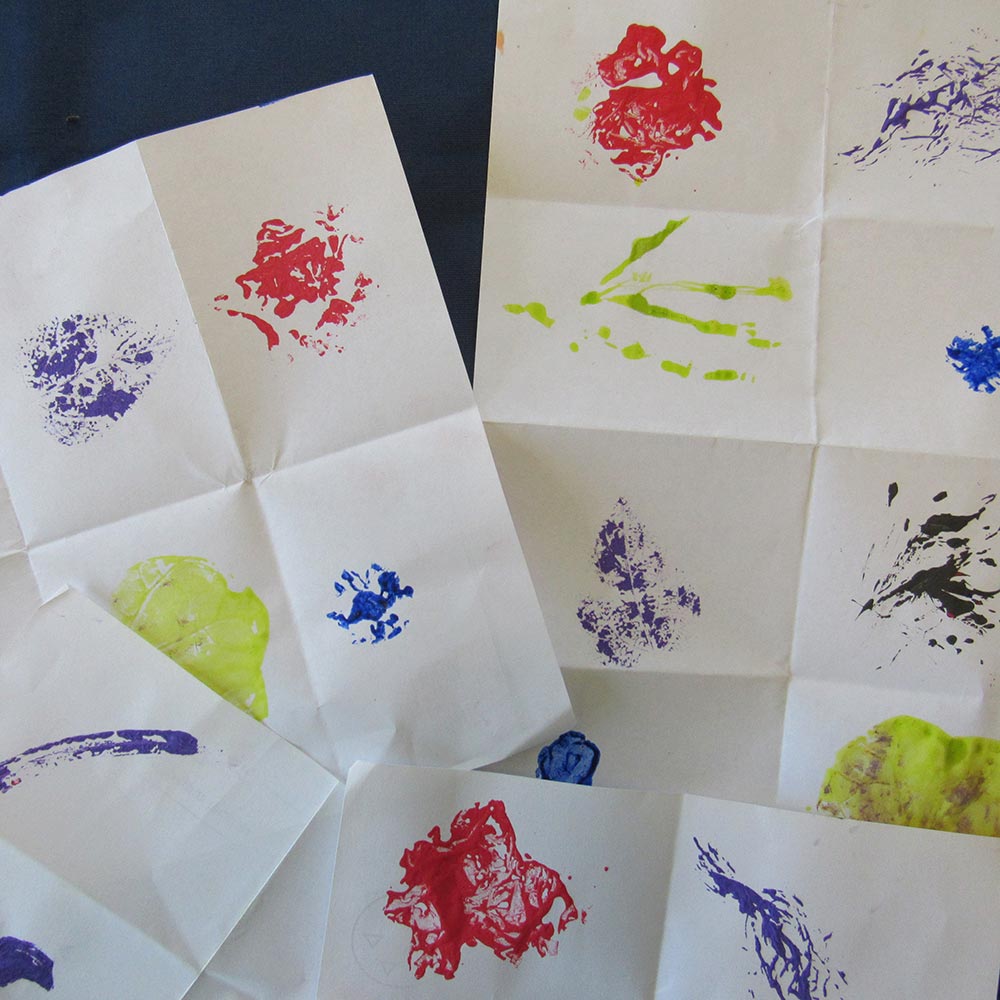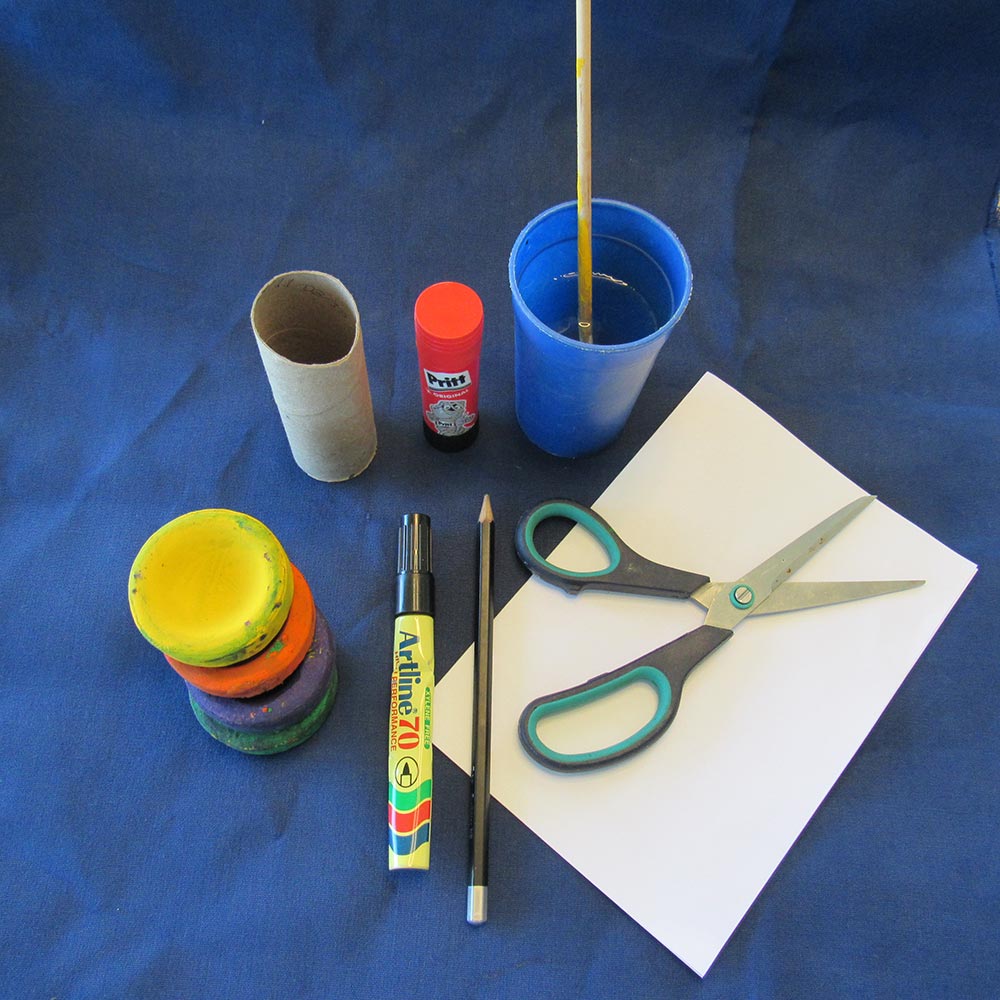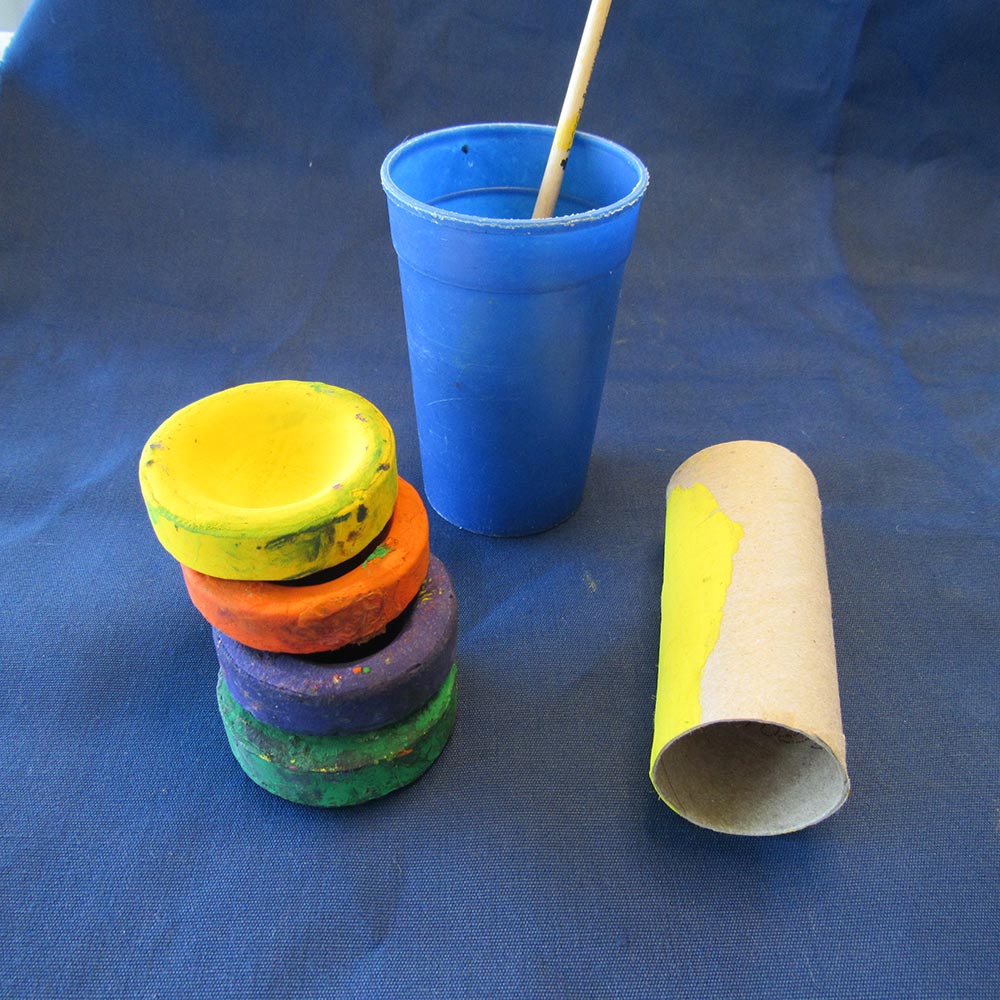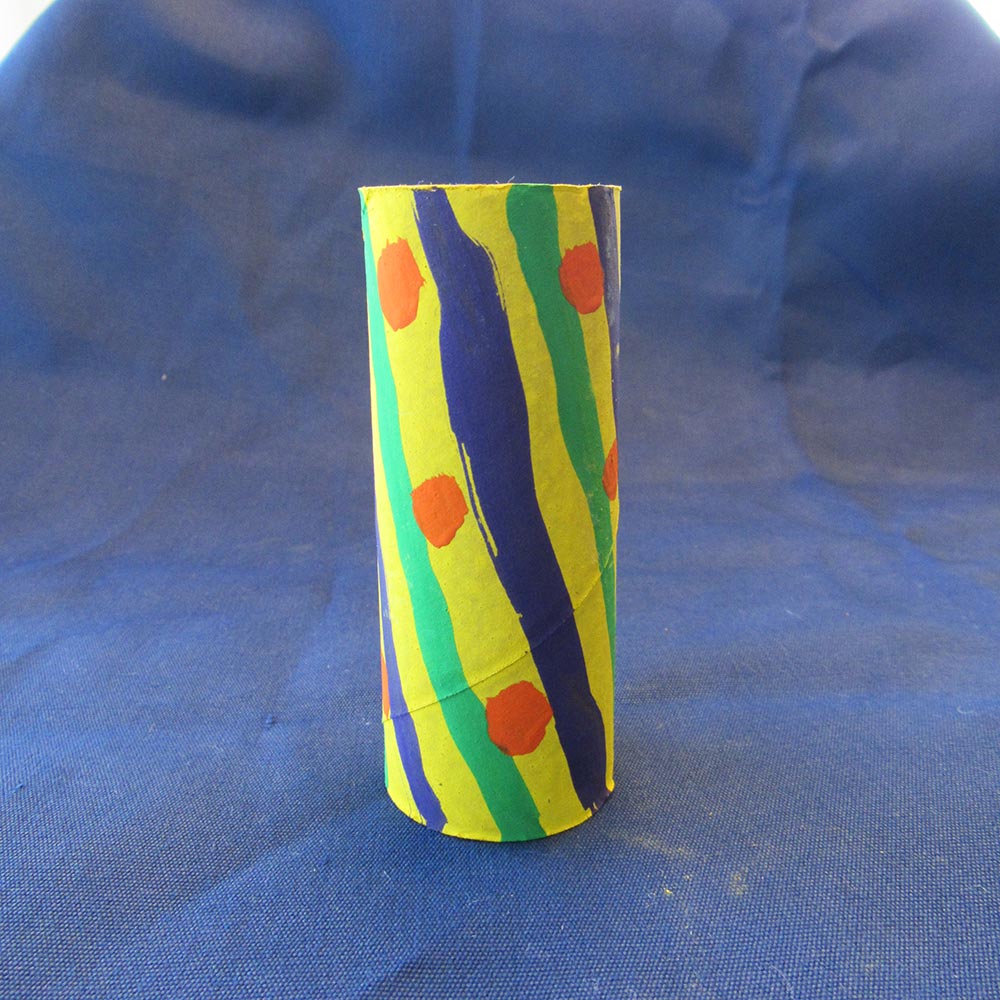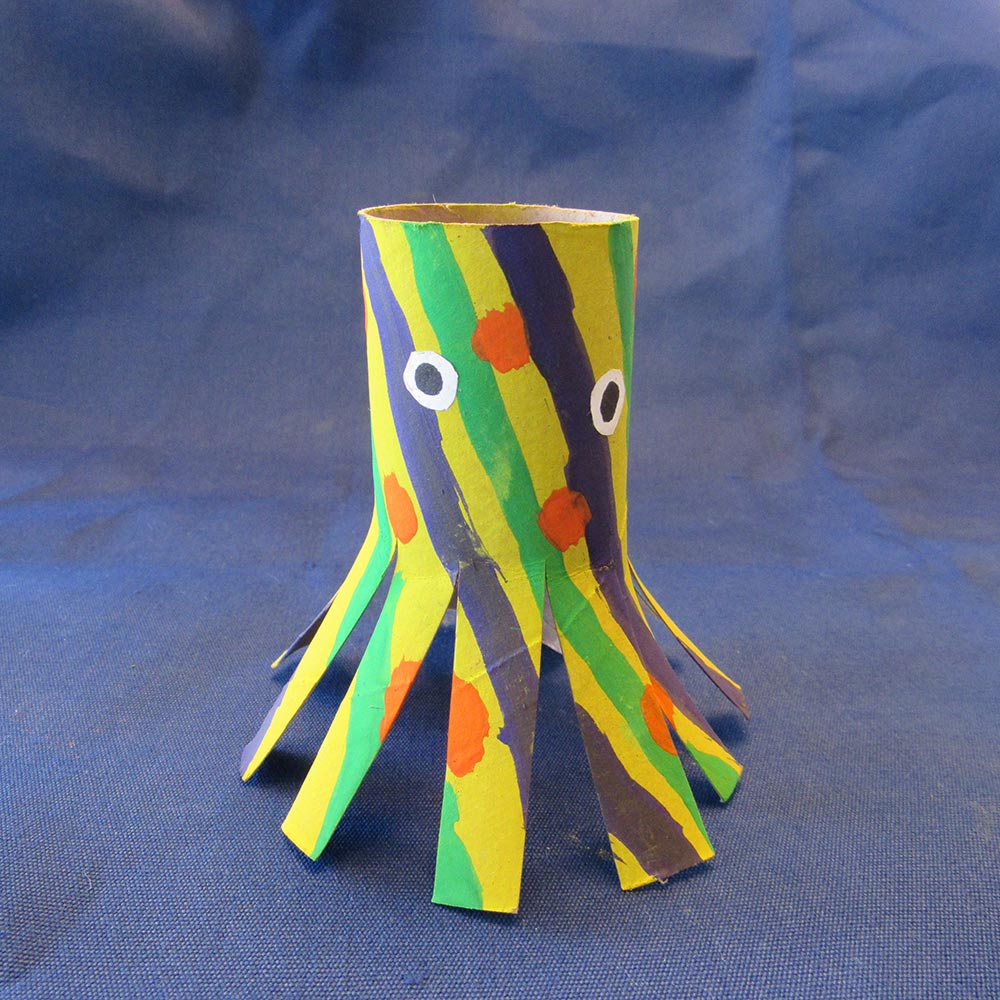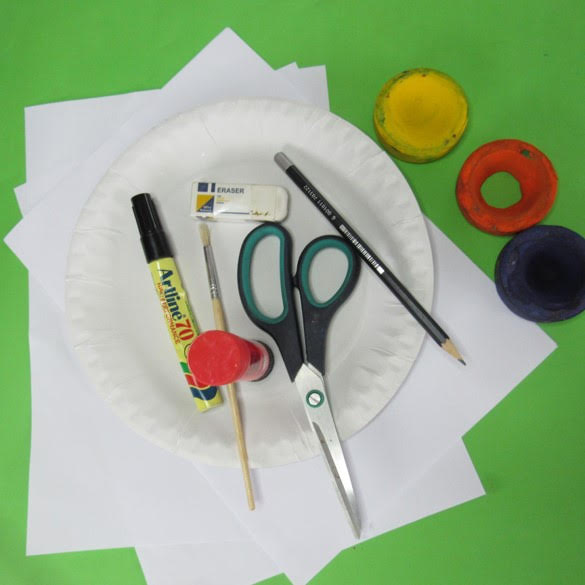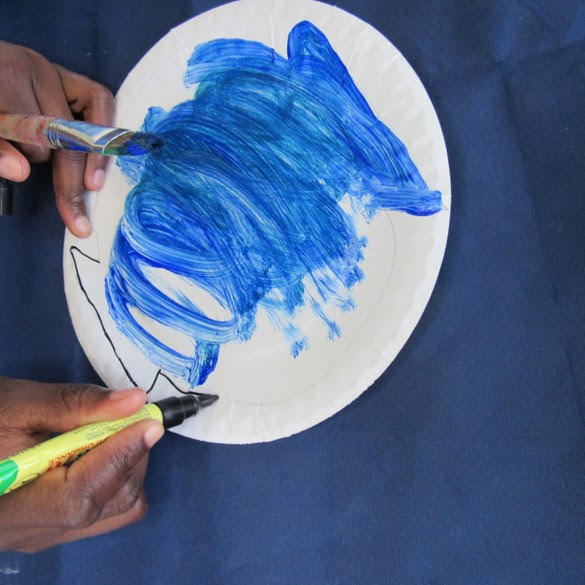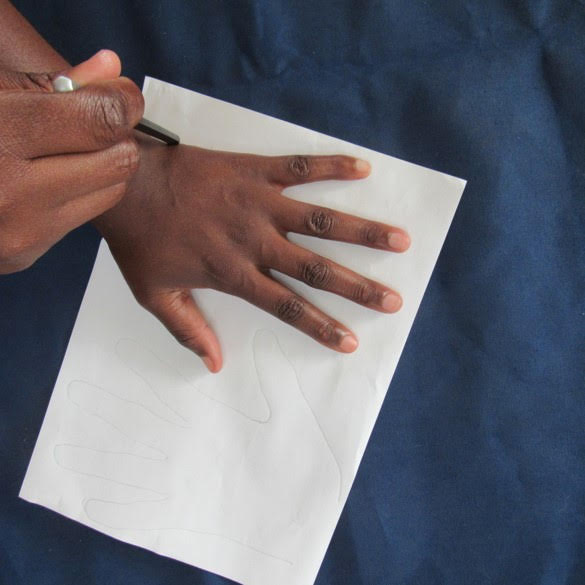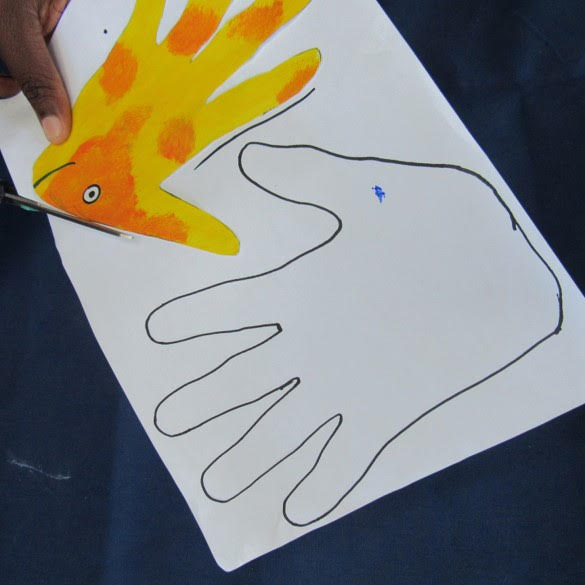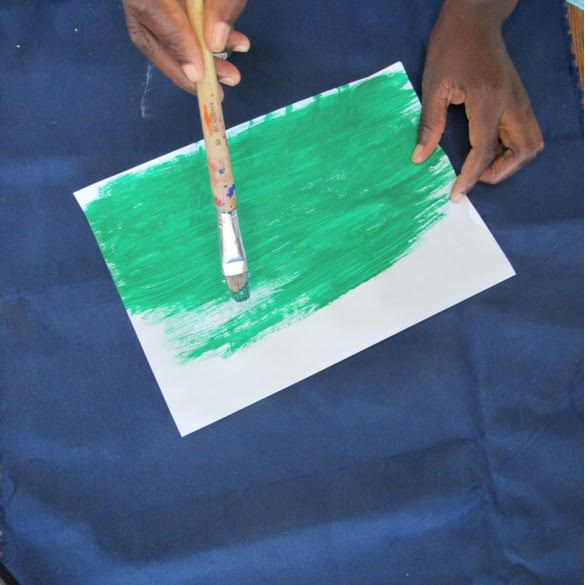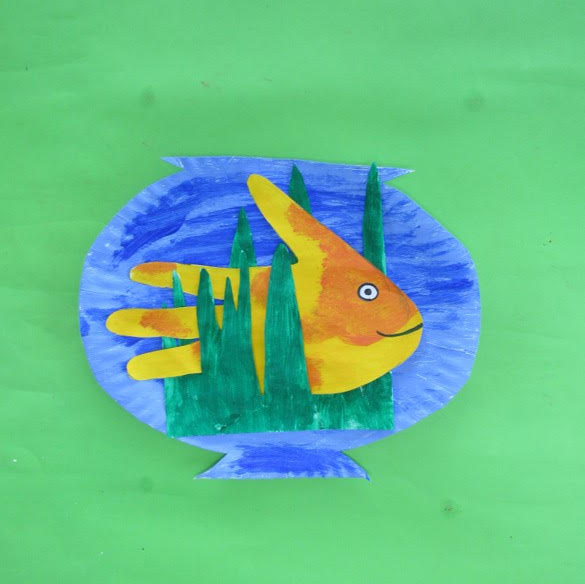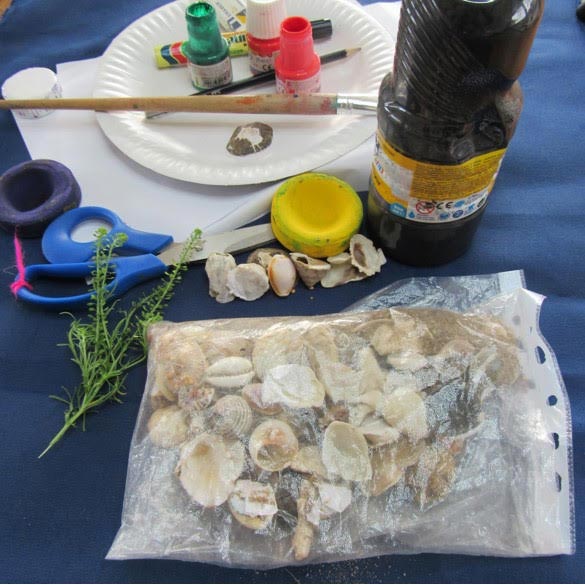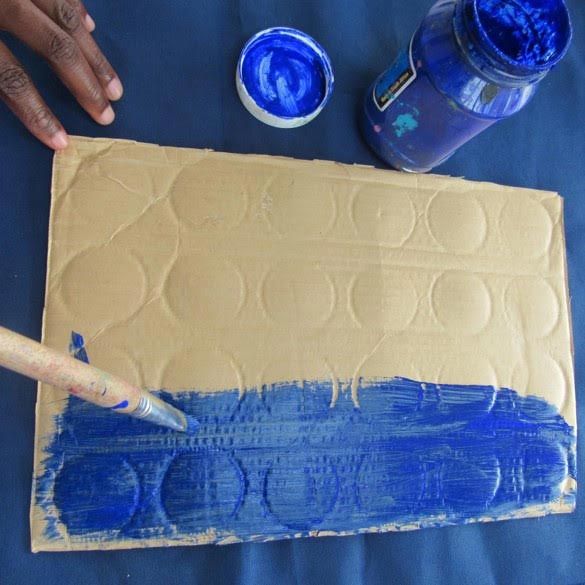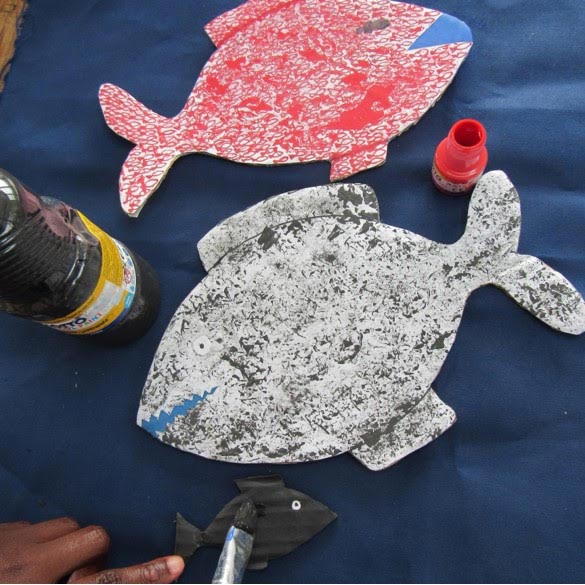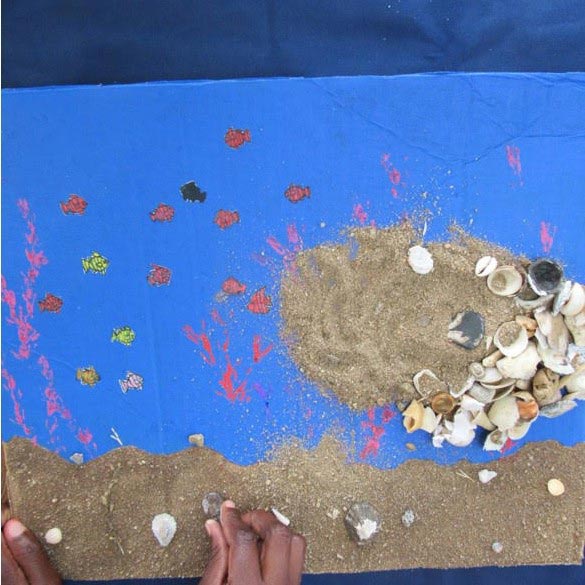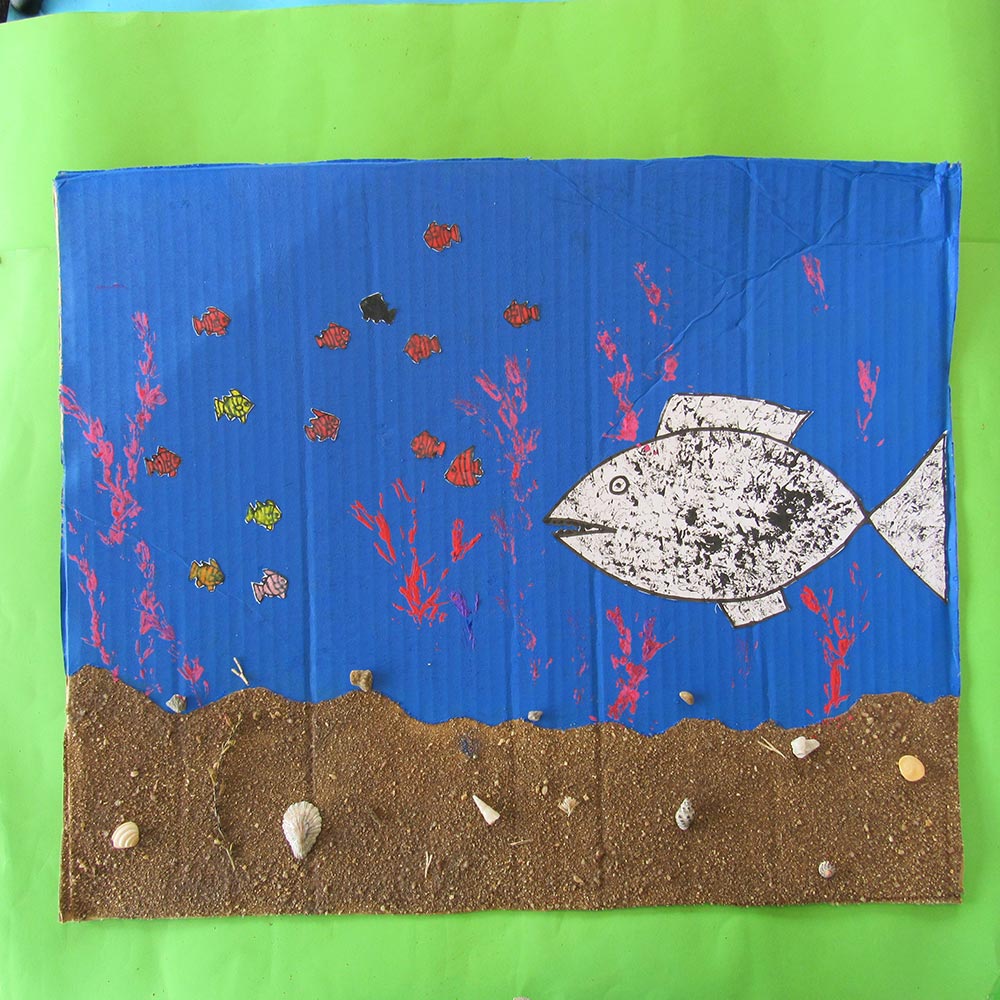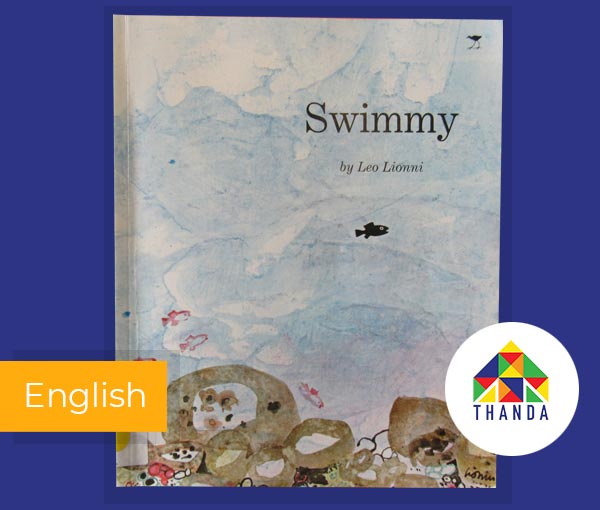
Understanding Interconnectedness
Ages 6 to 12
Swimmy
by Leo Leonni
Swimmy is about adapting to new situations and learning to work together. Through this story, children will learn about dealing with loss, loneliness, and fear as well as the importance of critical thinking and teamwork as they follow little Swimmy on his undersea adventures!

Understanding Interconnectedness
Age 6 - 12 Years
Discuss the story together:
After reading the book all the way through, turn back to the beginning, re-visiting the pages and asking the following questions to start a discussion with your child/children.
- How does Swimmy get over the death of his family? What motivated him to get back out and explore?
- Why does Swimmy think it’s important for the new red fish to get out and see the world?
- How does Swimmy solve the problem of big fish trying to eat him?
- What is the value of teamwork? Why is it important to work as a team?
- Why did the big fish eat Swimmy’s family? (he was “very hungry”)
- How do you think Swimmy feels about the big fish? Do you think he would be angry? Sad? Etc.?
- What do you think Swimmy and the other small fish eat when they get hungry?
- What are some of the interesting things Swimmy meets in the ocean along the way? Have you ever seen anything like this in your life?
- Why is it scary to be alone? Why does being alone sometimes make us sad? Does Swimmy need other fish to be happy? Why? (He is happy on his own, but also happier with the school).
- Why do you think Swimmy eventually went back out into the ocean after his family died? We think: He felt he had to. He had nothing else left behind, so he went out to find a new life. It also probably helped him process all of the pain of losing his family.
- If you were Swimmy, and your family got eaten, what would you do? How would you feel?
- Together with his friends, Swimmy works to be bigger than the big, scary tuna. But, does that mean they are definitely safe? Are Tuna the biggest fish in the ocean? What about sharks? Are there other types of big predators in the ocean? What about dolphins? What do dolphins eat?
- Even if there are bigger fish, do you think Swimmy and his friends should take the risk?
- How does being clever make things better for Swimmy? What are the benefits of being smart, and being able to think quickly?
- Why is it important to think critically about the world around you? Compare Swimmy to the other fish, who only ever think about fear of bigger fish. We think: Thinking critically helps you act in the best way for any situation. Living in fear, on the other hand, teaches you to act a certain way, no matter the situation. Swimmy, who was not afraid, was able to come up with an idea, which the other fish never could have, because fear does not give you new ideas like thinking does.
- How did knowing about all the other things in the ocean motivate Swimmy to come up with a solution for the other fish? Why did that make him not want to sit behind a rock, like all the red fish?
Let's get Creative
Before you begin this activity, assist the children in finding a variety of shapes in leaves, shells and any other interestingly textured items from the natural environment.
Step 6
Carefully paste the fish and the green sea grass into your blue fish jar so that it looks like the fish and the grass are now inside. Weave the fish and the grass to make it look like the fish is hidden in between the sea grass. Paste the completed fish jar onto the colour cardboard, present and display it for your family and friends!
Ahead of this activity, you will need to collect miscellaneous items from the environment that can be used to create an underwater scene (for example some sand, small shells, dried plants, sticks or seaweed).
Step 4
Go back to your blue ocean backdrop and decide how you would like to arrange your Swimmy Drama under water scene. Use the glue to stick on the sand, shells and plants in a design that you like. Leave your work to dry and remember to carefully dust off any excess sand that you do not want on your Swimmy Drama.



